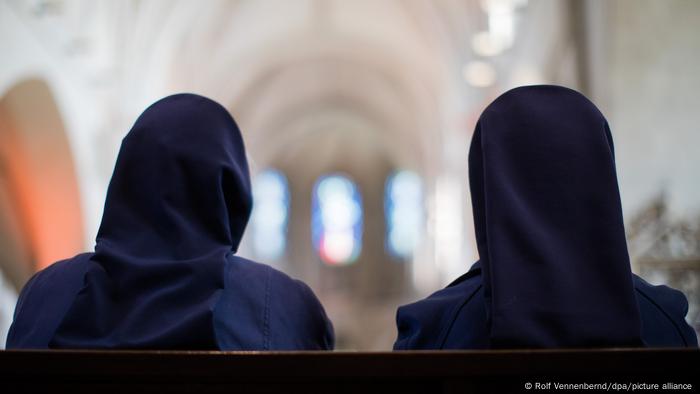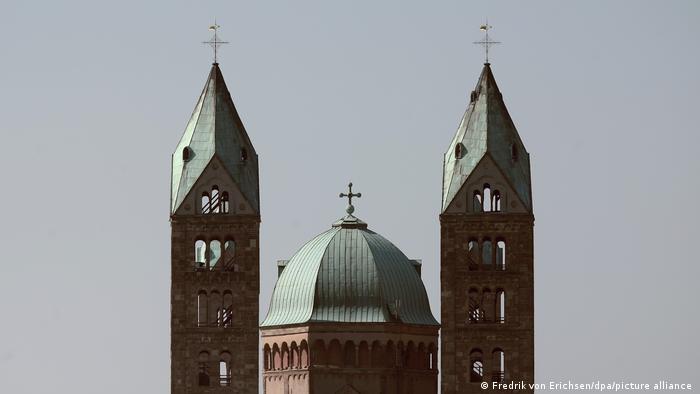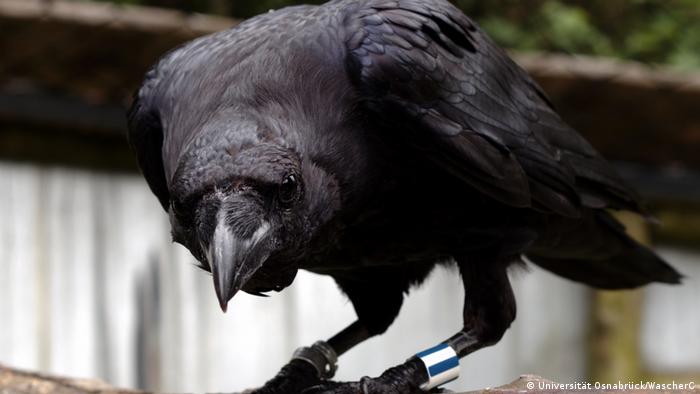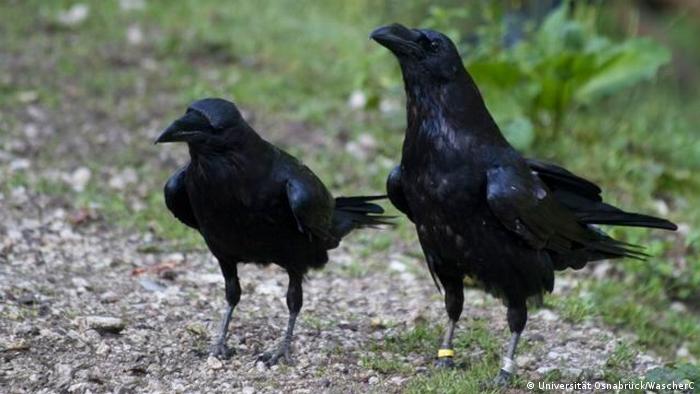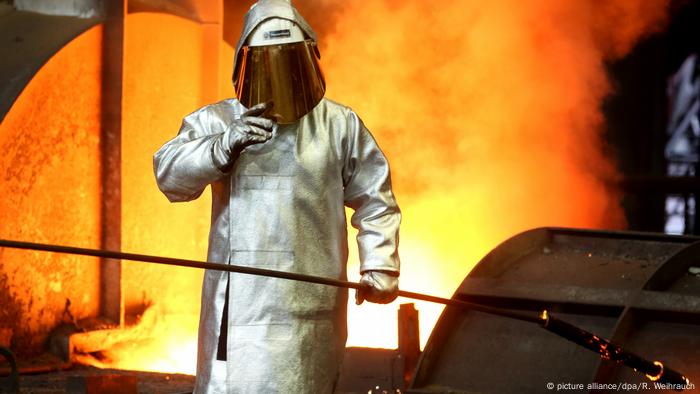
NEWS PROVIDED BY International Brotherhood of Teamsters
WASHINGTON, Dec. 10, 2020 /PRNewswire/ -- The following is a statement from Jim Hoffa, Teamsters General President, on President-elect Joe Biden's nomination of current House Ways and Means Committee trade lawyer Katherine Tai to serve as U.S. Trade Representative (USTR) in his administration.
"In these times, our nation requires a steady and experienced hand to guide trade policy, particularly with countries which we have a sometimes contentious relationship. That is why the Teamsters are delighted that President-elect Biden has chosen Katherine Tai to serve in this capacity. We urge the next Senate to approve the nomination quickly once it is seated.
"Tai knows trade policy front to back. In her current role with the House Ways and Means Committee, she played a pivotal role in negotiating with the Trump administration on the U.S.-Mexico-Canada Trade Agreement (USMCA). From the Labor Chapter and its enforcement mechanisms to fixing the cross-border trucking provisions of NAFTA with a new safeguard remedy, she was instrumental in advancing pro-worker outcomes throughout the negotiations and eventual ratification, which enjoyed bipartisan support.
"Tai also previously served as China enforcement head at USTR, and thus has the expertise to challenge Beijing on issues like forced labor and intellectual property rights while preserving the trade relationship between our two nations.
"Having a leader who will stand up for workers as head of USTR is essential. The Teamsters are confident that Katherine Tai is that person."
Founded in 1903, the International Brotherhood of Teamsters represents 1.4 million hardworking men and women throughout the United States, Canada and Puerto Rico. Visit www.teamster.org for more information. Follow us on Twitter @Teamsters and "like" us on Facebook at www.facebook.com/teamsters.



